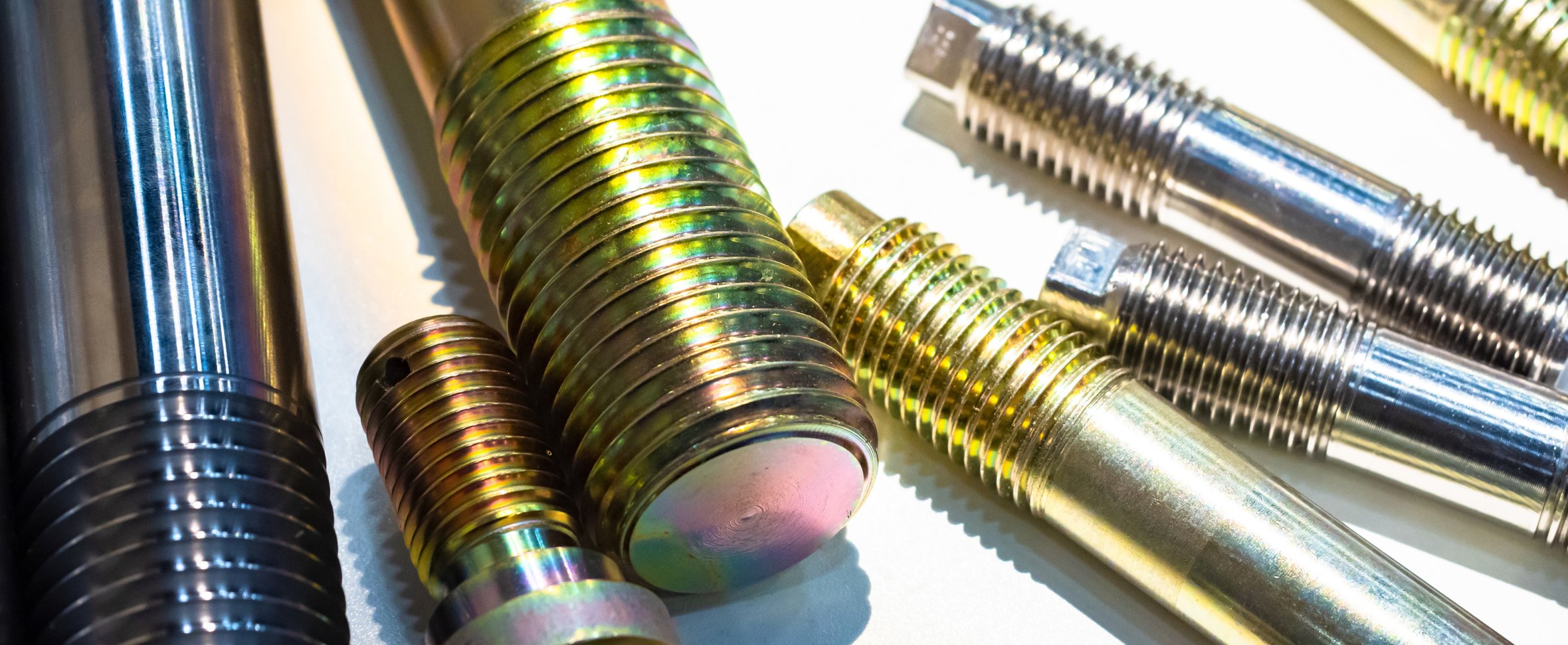In need of trusted guidance, MW Components reached out to SmartBug regarding an extensive overhaul of its sales process and data management systems. Knowing that the SmartBug team has the strategic expertise, technical capabilities, and HubSpot knowledge to facilitate such an effort, MW Components tasked us with an integration of its ERP and migration of its CRM systems. Creating better harmony between these two systems would allow all revenue teams (marketing, sales, customer service, and finance) to connect and track customer data at every stage of the buyer’s journey.
In short, this responsibility involved migrating existing data to a new software platform, HubSpot CRM, and integrating this system with MW Components’ ERP. The intended results of the migration and integration were to improve the user interface, better visualize sales data, and clearly define internal marketing and sales processes.
Total Company Size: 1,700 employees
Marketing Team Size: 5 employees
Sales Team Size: 80 employees








